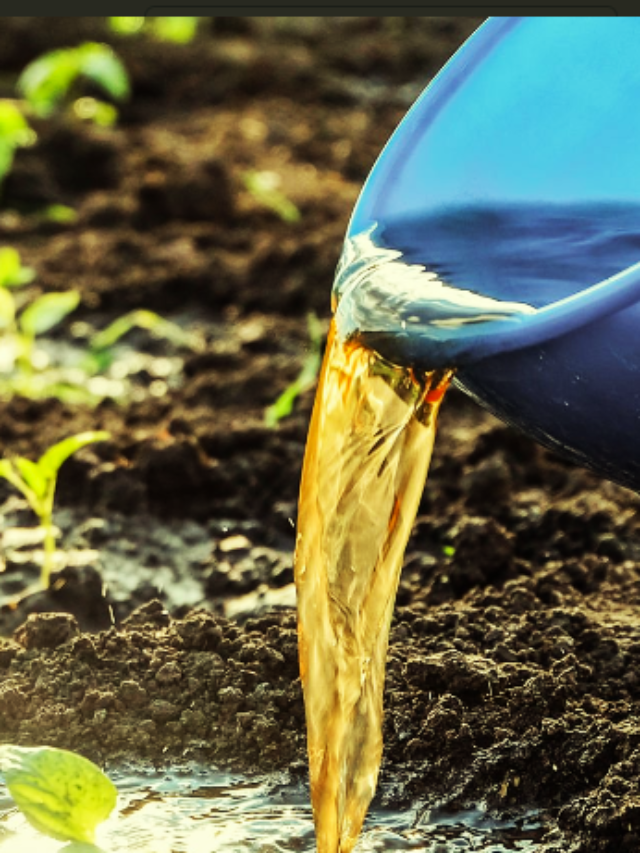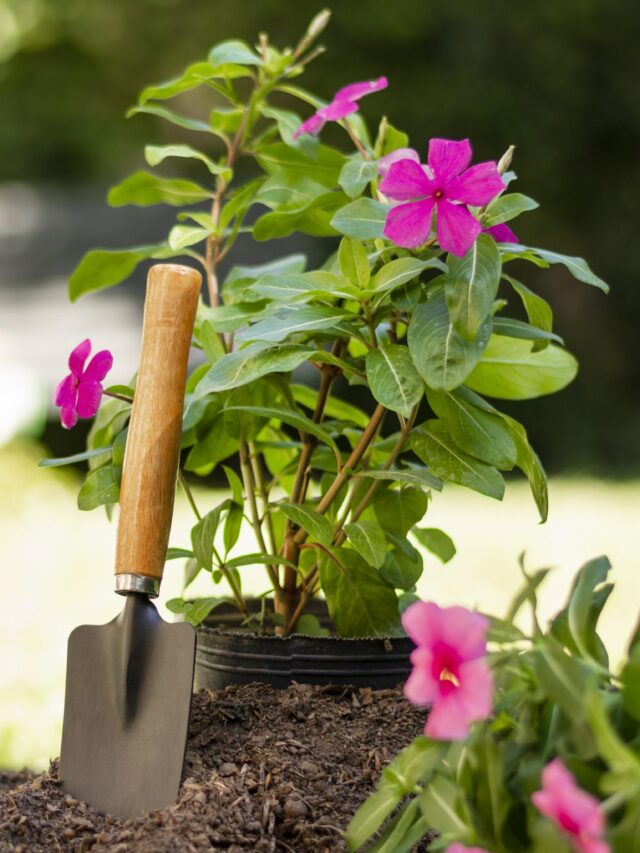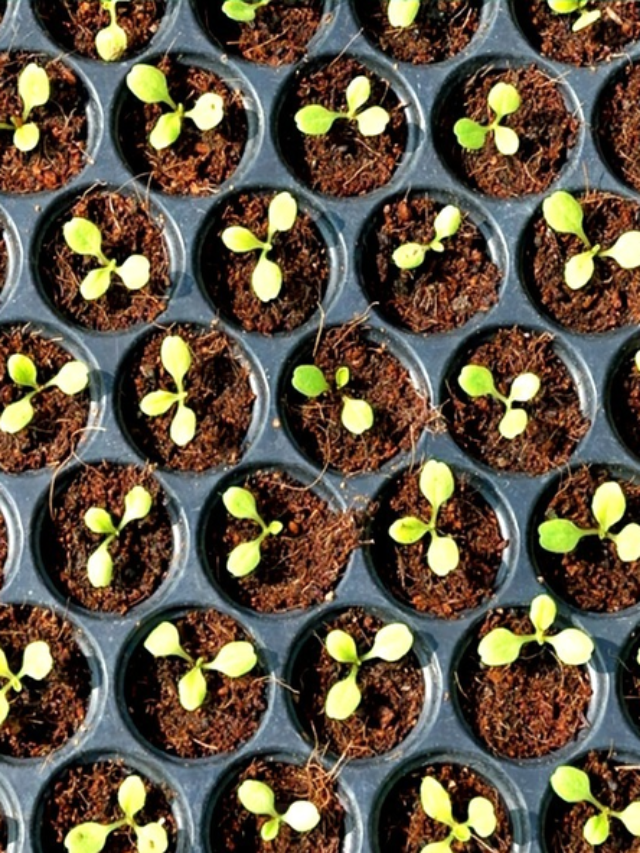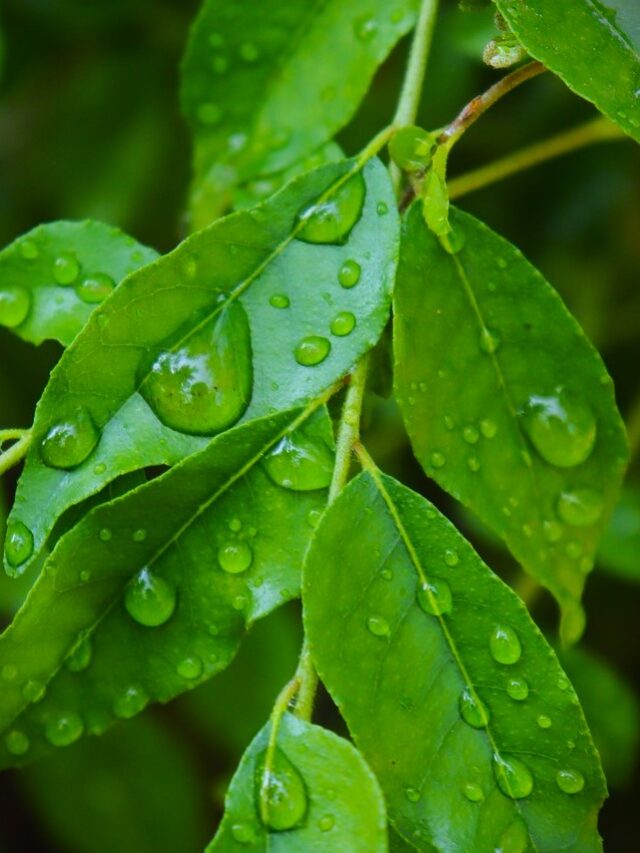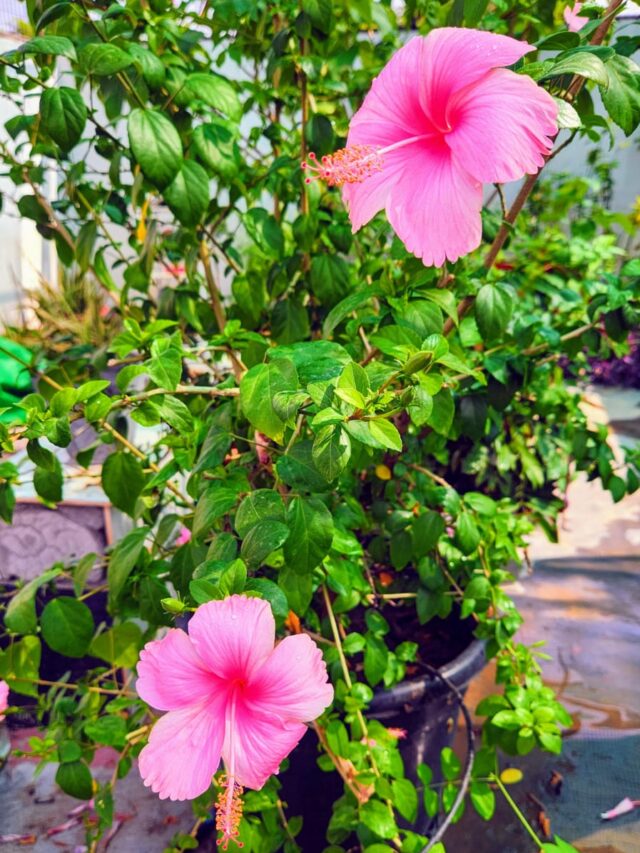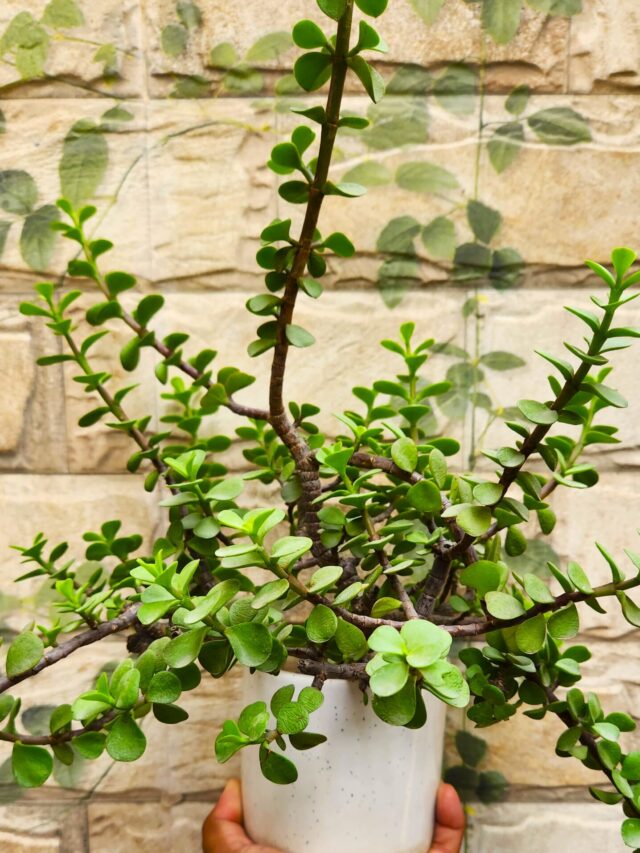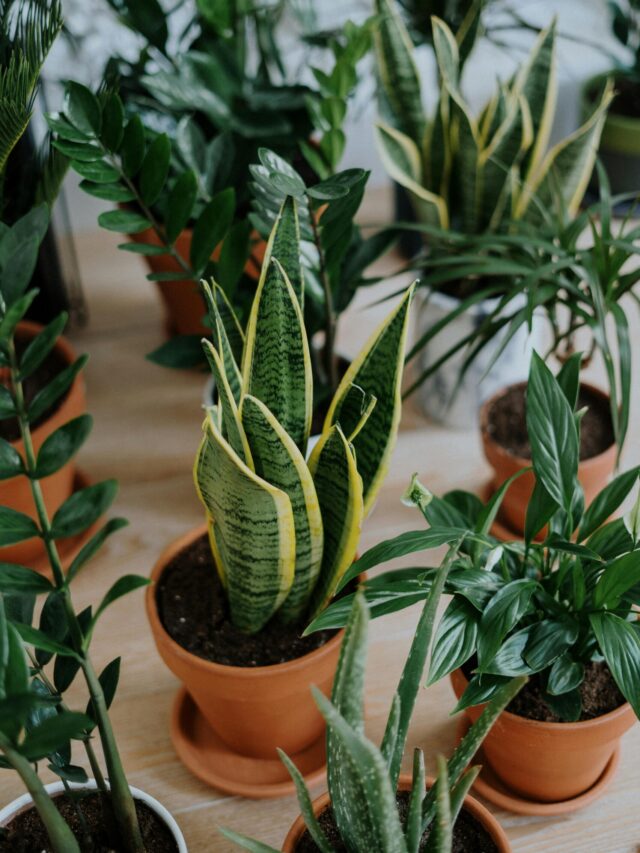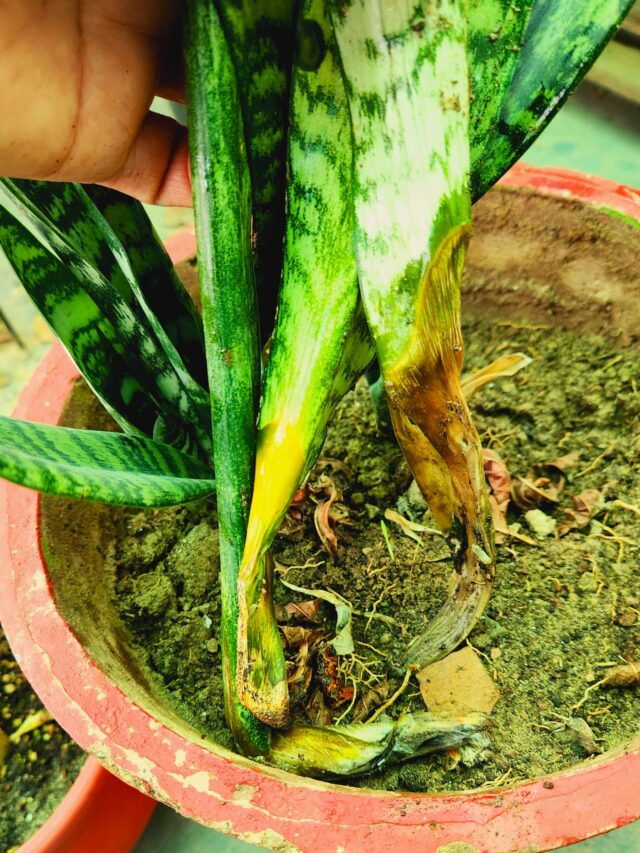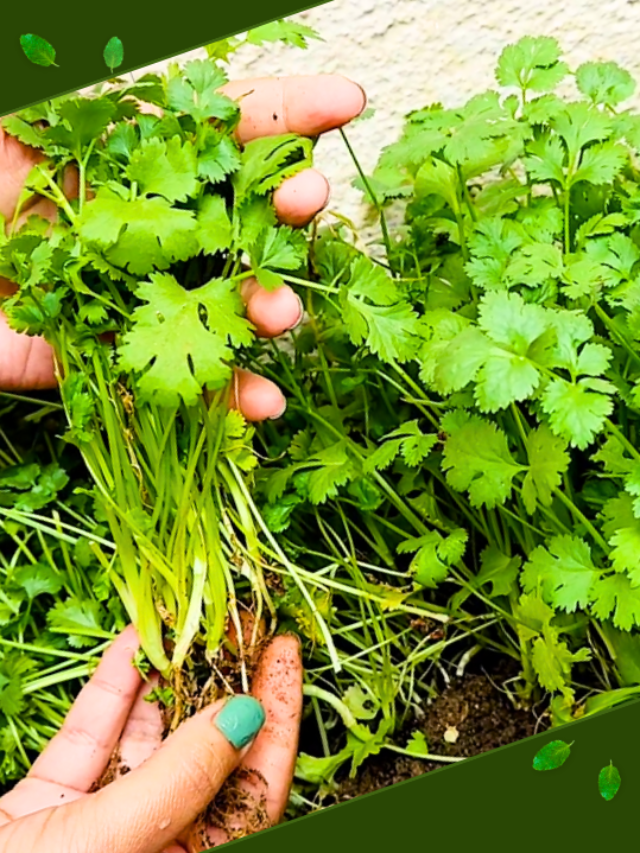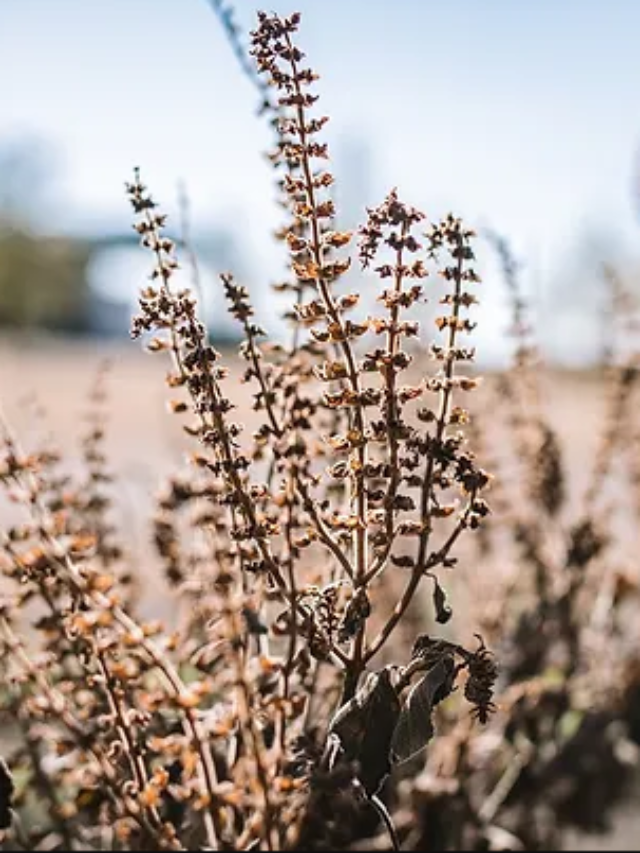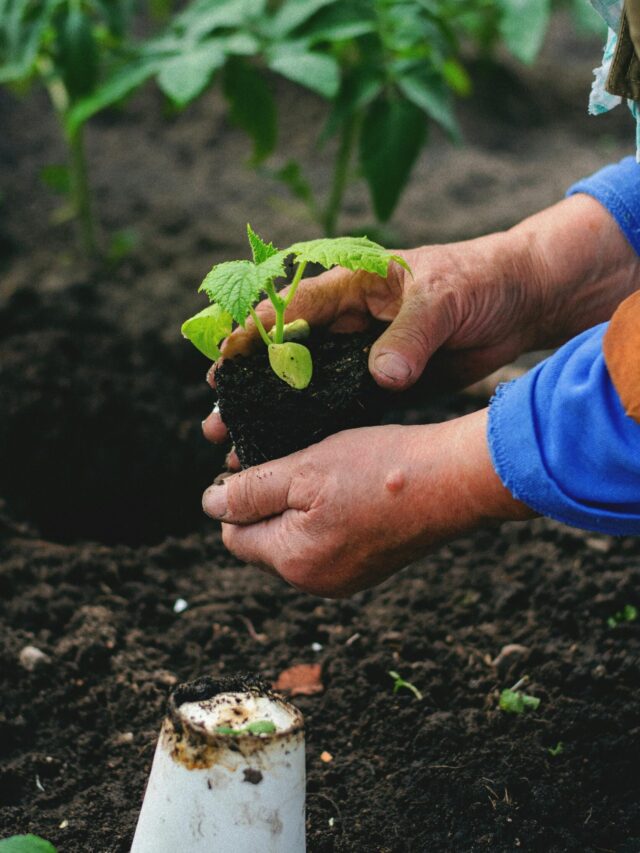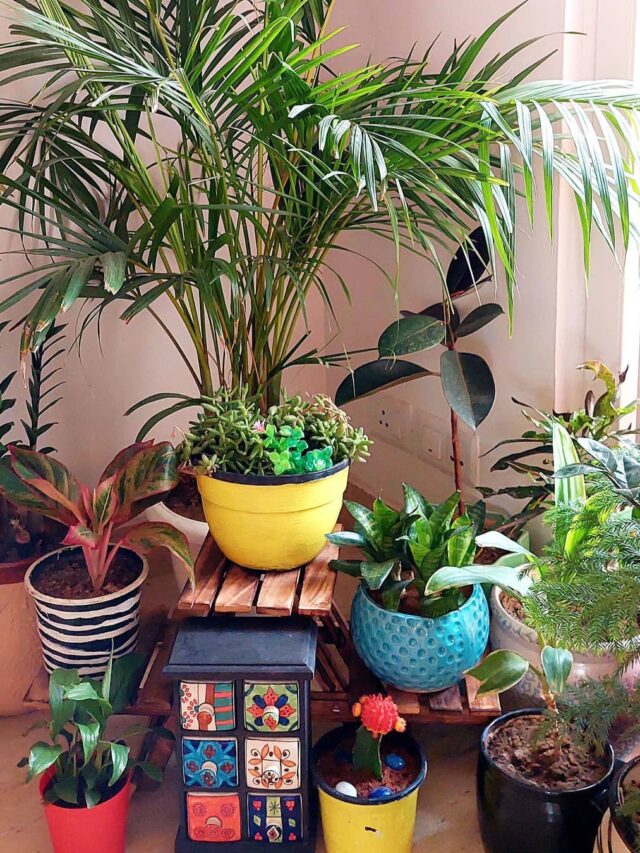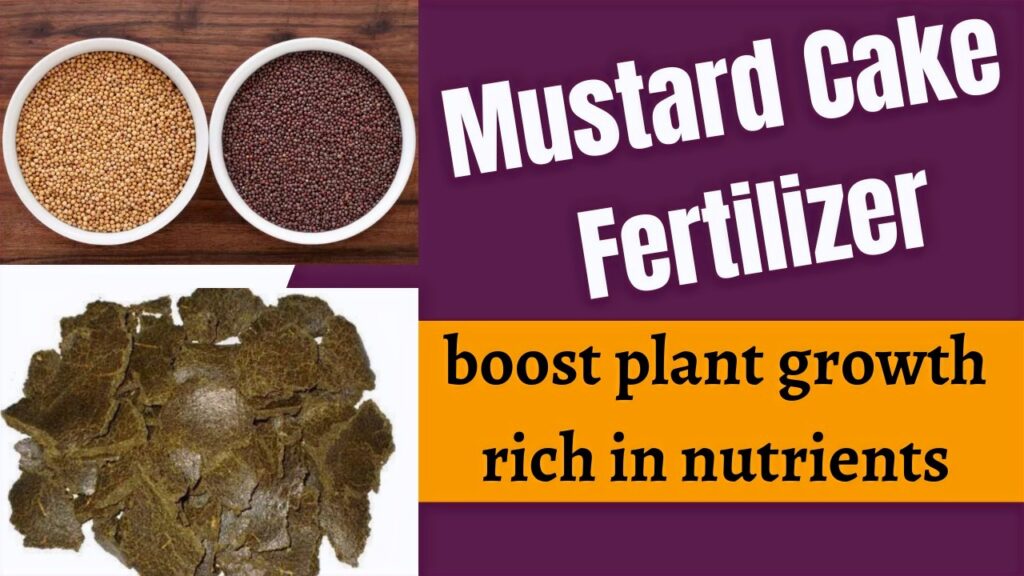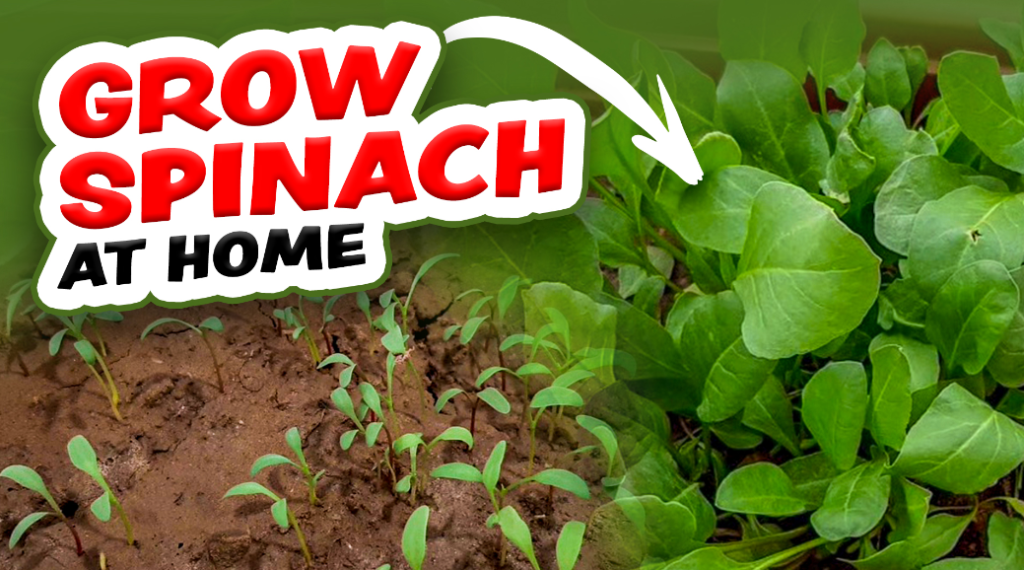How to control and prevent leaf miner?
Leaf miners, those tiny but troublesome pests, can wreak havoc in your garden if left unaddressed. In this comprehensive guide, we will delve into the world of leaf miners, exploring their life cycle, impact on plants, and effective strategies for prevention and removal. Let’s embark on a journey to safeguard your garden from these pesky intruders.
Introduction
What is Leaf Miner?
Leaf miners are insects whose larvae feed on the internal tissues of plant leaves, creating distinctive patterns or mines. These pests encompass various species, each with its unique characteristics and preferences.

Understanding the significance of leaf miners is crucial for gardeners. The damage inflicted by these pests can compromise the overall health of plants, leading to economic consequences and diminished aesthetic appeal in gardens.
Identification of Leaf Miner Infestation
Signs and Symptoms
Detecting leaf miner infestations early is essential. Look for telltale signs such as discolored or distorted leaves, and the presence of winding trails or blotches on foliage.
Affected Plants
Leaf miners are not picky eaters. They target a wide range of plants, from vegetables and ornamentals to fruit-bearing trees. Identifying the affected plants is key to implementing effective control measures.
Life Cycle of Leaf Miner
Eggs and Larvae
Leaf miners undergo a fascinating life cycle, starting with eggs laid on the undersides of leaves. The hatching larvae then burrow into the leaf tissue, feeding as they grow.
Pupae Stage
As the larvae complete their feeding phase, they enter the pupae stage within the leaf. This transformation prepares them for adulthood.
Adult Stage
The emergence of adult leaf miners signifies the completion of their life cycle. Understanding this process aids in devising timely control strategies.
Impact on Plants
Damage to Foliage
Leaf miners compromise plant health by tunneling through leaves, disrupting the normal functioning of chlorophyll and hindering photosynthesis.
Reduction in Plant Health
Repeated infestations can lead to weakened plants, making them more susceptible to other diseases and environmental stressors.
Economic Consequences
In agricultural settings, leaf miner damage can have severe economic implications, affecting crop yields and quality.
Common Types of Leaf Miners
Blotch Miners

Blotch miners create large, irregular mines on leaves, causing significant damage.
Serpentine Miners

Serpentine miners leave distinctive, winding trails on leaves as they feed.
Needle Miners

Needle miners target coniferous trees, causing needle discoloration and loss.
Prevention Strategies
Proper Plant Care
Maintaining optimal plant health through proper watering, fertilization, and pruning is a fundamental preventive measure.
Crop Rotation
Rotating crops helps disrupt the life cycle of leaf miners, reducing the likelihood of infestations.
Natural Predators
Encourage the presence of natural predators, such as parasitic wasps and predatory beetles, to keep leaf miner populations in check.
Organic Control Methods
Neem Oil
Neem oil acts as a natural insecticide, disrupting the feeding and reproductive processes of leaf miners.
Beneficial Insects
Introducing beneficial insects like ladybugs can help control leaf miner populations without resorting to chemical solutions.
Chemical Control Options
Insecticides
Selecting and applying insecticides with precision is crucial for effective leaf miner control.
Systemic Treatments
Systemic treatments, such as soil-applied insecticides, provide long-lasting protection against leaf miners.
Timing of Application
Applying control measures at the right stage of the leaf miner life cycle maximizes their effectiveness.
Cultural Practices for Leaf Miner Management
Regular Pruning
Pruning affected leaves helps remove larvae and minimizes the spread of infestations.
Removing Infested Leaves
Promptly removing infested leaves prevents the further development and spread of leaf miners.
Maintaining Soil Health
Healthy soil contributes to strong plant growth, making them more resilient to leaf miner attacks.
DIY Remedies
Homemade Insecticidal Soap
A simple mixture of soap and water can be an effective and eco-friendly solution for controlling leaf miners.
Garlic Spray
Garlic’s natural insect-repelling properties make it a valuable ingredient in homemade sprays.
Sticky Traps
Placing sticky traps around affected plants captures adult leaf miners, disrupting their reproductive cycle.
Importance of Early Detection
Monitoring Techniques
Regularly inspecting leaves and using sticky traps helps detect leaf miners in their early stages.
Regular Inspection
Routine checks on your garden ensure timely identification and intervention, preventing severe infestations.
Challenges in Leaf Miner Management
Resistance to Pesticides
Some leaf miner populations develop resistance to commonly used pesticides, necessitating alternative control methods.
Environmental Impact
Balancing effective control with minimal environmental impact remains a challenge in managing leaf miner infestations.
Learning from Mistakes
Understanding and rectifying past mistakes in handling leaf miner infestations contribute to improved future practices.
The Future of Leaf Miner Management
Research and Innovations
Ongoing research aims to develop sustainable and innovative approaches to leaf miner control.
Sustainable Practices
Adopting eco-friendly and sustainable gardening practices contributes to long-term leaf miner management.
Conclusion
In conclusion, understanding leaf miners and implementing proactive measures are crucial for maintaining a thriving garden. By combining organic, cultural, and DIY remedies, gardeners can effectively tackle leaf miner infestations and ensure the health and vitality of their plants.
Happy Gardening!!
